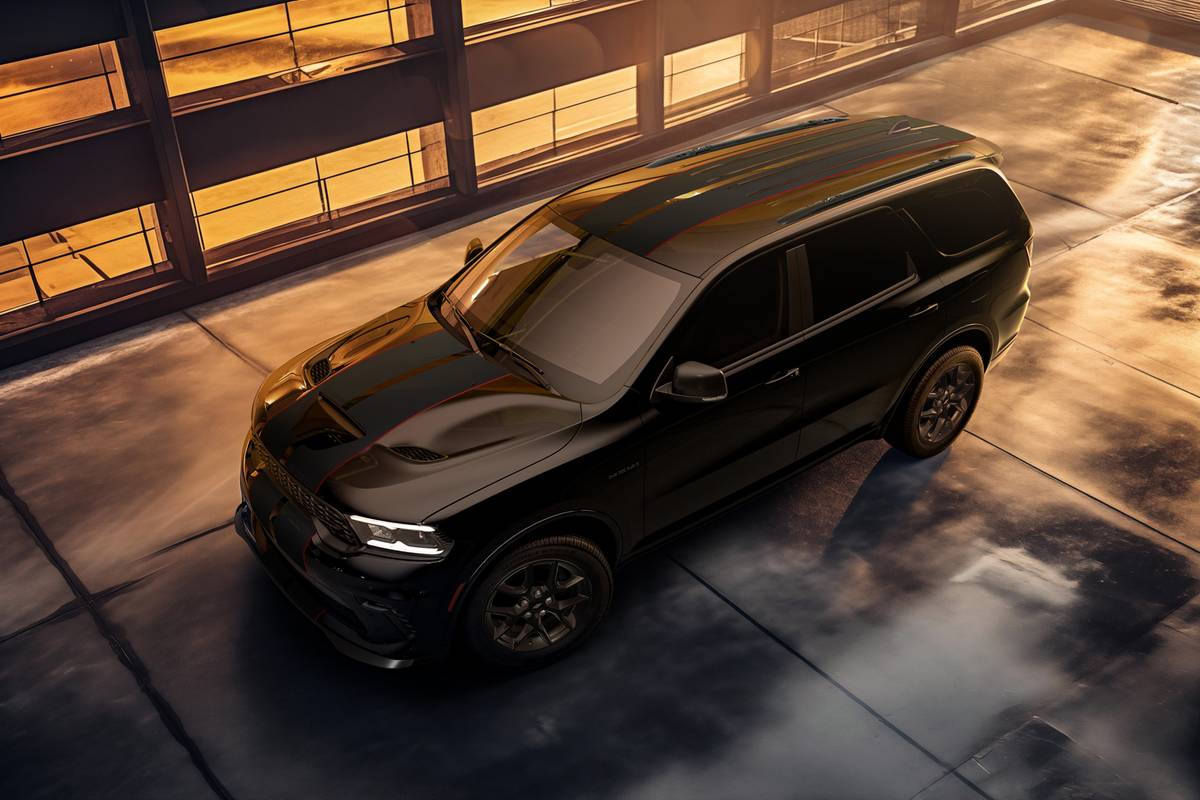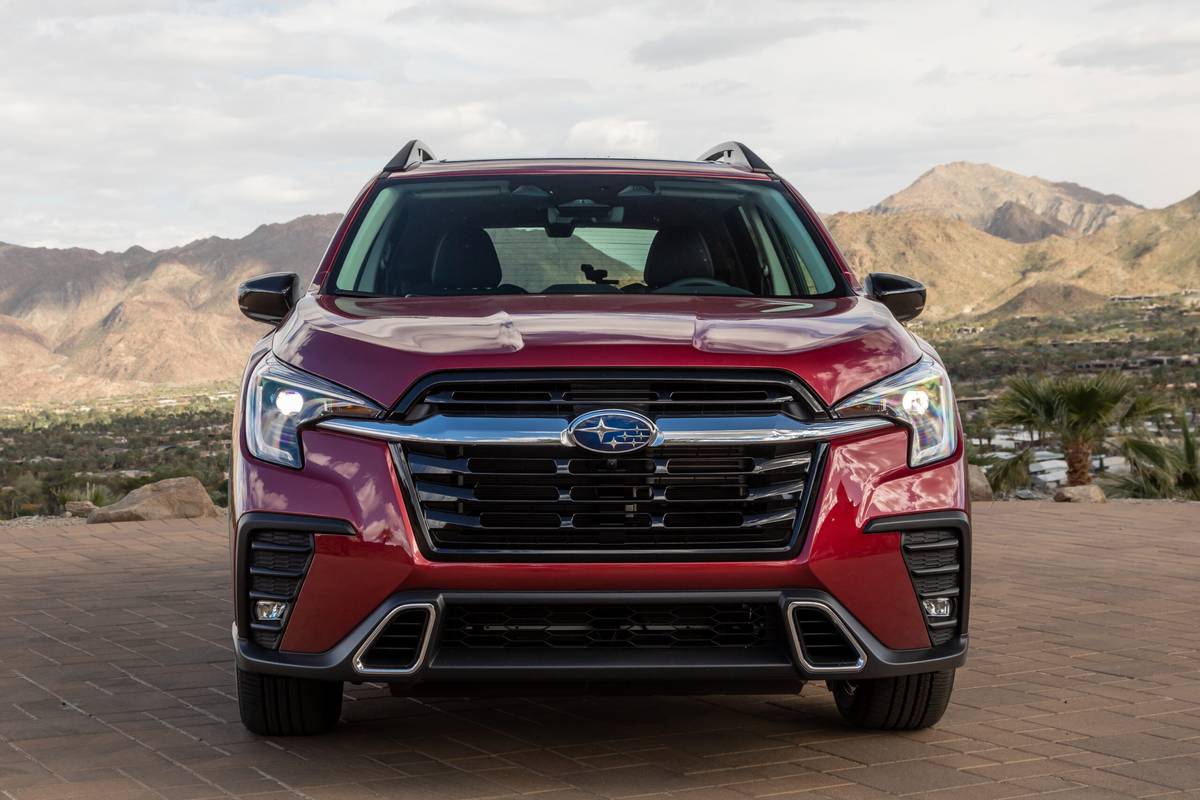AZCentral.com's view
The scene was surreal. Dozens of identical silver New Beetles were roaring around the curves of a grand prix track at Bob Bondurant’s driving school.
Yes, roaring. And to an accompaniment of shrieking tires as they skidded through the tight turns. These Beetles were really flying, looking very unlike the placid little critters we often see rolling happily along city streets. I took my turn at the wheel and, within a few laps, I was convinced that this was a new kind of New Beetle.
Volkswagen introduced the 2002 Turbo S version of its pudgy retro warrior to a gathering in Phoenix of the nation’s automotive journalists, who were eager to drive the souped-up Beetles as hard as they could. Which they did. It was those wags who flogged the VWs on the Chandler track.
And luckily, VW left one behind for the local auto writers.
Now, we all know the story of the New Beetle, how Volkswagen designers put together a show car called Concept 1 that evoked the original rear-engine VW bugs. It was so popular among showgoers that Volkswagen created a production car that has been selling like crazy since 1998.
New Beetle has been a remarkable success, even though it’s really just a styling exercise mounted on the chassis of a regular VW sedan. With its engine and drive wheels in the front, rather than rear like the old beetles, New Beetle has become a prime example of postmodern design, evoking a well-known look from the past, updated for today’s world.
The original New Beetle was stylish but not too swift, powered as it was by a 115-horsepower, four-cylinder engine. A couple of years later, a 150-horse, turbocharged model was available, though aside from the extra power, it was mainly the same as the non-turbo version.
The Turbo S boosts horsepower to 180, while adding a stiffer suspension, faster steering, performance tires on 16-inch alloy wheels, and a few appearance variations that signal the difference.
The manual transmission on the test car was a silky smooth six-speed, standard on the Turbo S and all the better to wring power from this high-revving engine and relaxed freeway cruising.
Matter of fact, everything is standard for a moderate base price of $23,400, including all power features, air-conditioning, leather seats, side safety airbags, Monsoon stereo and ESP, which stands for electronic stability program. That helps prevent skids and other untidy behavior.
The turbo-four is a hard-charging little engine, smooth and unruffled under acceleration, and whipping this lightweight coupe to 60 mph in 7.4 seconds, according to VW. The Beetle certainly feels that fast, with sporty handling and strong brakes to match.
Like the 150-horse Beetle, there’s a retractable spoiler that juts above the rear window when speed exceeds 45. This helps enhance stability, but the noise from the retracting motor is loud and annoying.
The unique styling of the Turbo S is still extremely cute but sharpe r and more aggressive than basic models. There were appreciative looks.
The interior is spiffed up with sporty accents and brushed-aluminum trim, with lots of dimples, a la Beetle’s sports-car cousin, Audi TT.
Like the regular New Beetles, front-seat occupants will find space that is broad and expansive, with loads of headroom and a deep dashboard surface. Rear passengers will be less pleased: Headroom is scant because of the sloping rear glass.
The small gauge cluster is stylish but inadequate for a sporty car, with just a speedometer, gas gauge and tachometer. The tachometer is so small, it’s almost useless.
In some ways, the New Beetle Turbo S reminds me of hot, customized beetles of the past, which could put out surprising power from their tiny engines. But mainly, the Turbo S proves again that the New Beetle is not a stylish dilettante but a real car for the real world.
Latest news



